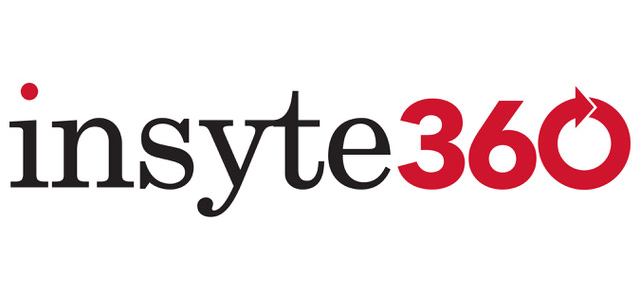Personal Style Scales
The Personal Style Scales complement the other scales and measure preferences for more specific aspects of the work itself, helping individuals explore how they prefer to approach work, learning and life. These scales consider working styles and environments, and how you take in and process information, in and out of the workplace. They can help you understand how your way of working differs from coworkers, and how people can adjust to improve productivity.
These are bipolar scales with a unique middle range, which means three distinct results are possible per scale, from a low score indicating one preference, a higher score indicating a second polarizing preference, or a mid-range score that denotes a flexible use of both preferences depending on the situation.
Work Style Scale
The Work Style Scale separates individuals who prefer to work with people from those who prefer to work with ideas, data, and things. Mid-range individuals can be comfortable with either situation. This is not a measure of introversion and extraversion, but of work interaction preferences.
While some occupations are more inclined toward different poles of the Work Style scale, you should not use the scale solely to choose an occupation, but as guidance for the types of careers that would mesh well with your working style as indicated by other information obtained from the Strong Interest Inventory.
Those who prefer to work with people lean toward majors and/or occupations in areas like education, journalism, business and social sciences. Generally, more women score highly in the “works with people” pole than do men.
Those who prefer working with data and ideas are often interested in scientific, technical and mechanical ideas and processes, and tend toward majors and/or careers such as the physical sciences, engineering, biological sciences, computer and information sciences and mathematics.
Learning Environment Scale
The Learning Environment Scale sorts people based on whether they learn in a practical environment or a more academic setting. Those who prefer a practical environment are more comfortable with trade or technical schools, and positions with specific on-the-job training, while those who prefer to learn in an academic environment lean toward a traditional research-based university setting, and are more likely to pursue teaching positions or advanced degrees. People in the mid-range will prefer to learn certain skill sets in a practical setting, while utilizing the academic approach when it best suits their needs.
This scale predicts preferences rather than success in a particular setting. For example, if you’re considering additional education in your field, it can help you decide whether to pursue that academically or practically.
Leadership Style Scale
The Leadership Style Scale focuses on your preference for directing and persuading people, as well as meeting and acting as an authority figure. On one end are those who like leadership roles and environments where they can influence others, enjoying interpersonal dynamics in the workplace and directing them to the highest advantage. At the other end are those who prefer to “lead by example” and aren’t comfortable taking charge of others. They prefer doing tasks themselves rather than teaching someone else how to do it for them.
People in the mid-range will step into leadership roles when they have to, but if there is a natural leader present, they are happy to step back and focus on their own tasks. Beyond directing you toward the types of occupations you may enjoy, this style scale helps you understand what part of the work-place hierarchy you would perform best in, allowing you to progress into potential leadership roles or avoid these jobs.
Risk Taking Scale
The Risk Taking Scale separates those who are willing to take risks from those who prefer to play it safe, encompassing physical, financial and social risk taking. Some individuals might be risk takers in one area, but not another. As we get older, we tend to move more toward the “play it safe” end of the scale. Women tend to lean toward the “play it safe” pole and men toward the “takes chances” preference. As a result, gender is considered when assessing the information from this pole, as a man leaning toward the “takes chances” pole may mean something completely different than a woman scoring the same.
Team Orientation Scale
The Team Orientation Scale differentiates between those that prefer to work independently from those that prefer to work within a team. Unlike the Work Style Scale, this focuses on whether you prefer to “collaborate” with others on a team goal, or whether you prefer to work on tasks independently. For example, you might prefer to work with data as opposed to people directly, but you value collaborating with others on big projects. In a case like this, you might meet as a team to brainstorm, then work on your part independently, then regroup. Unlike the Work Style scale, there are no apparent gender differences between these two poles. Individuals in the mid zone are able to adapt and adjust to the situation depending on what a specific job or situation dictates.
